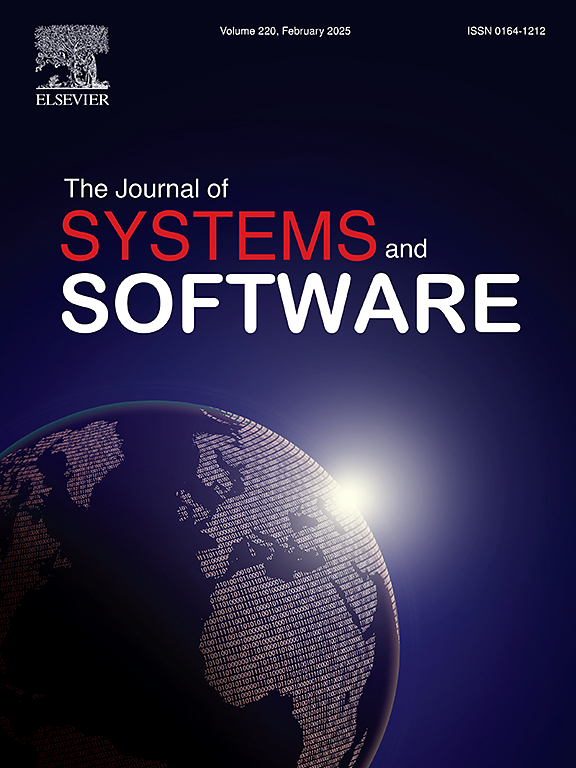SPL-DB-Sync: Seamless database transformation during feature-driven changes
IF 3.7
2区 计算机科学
Q1 COMPUTER SCIENCE, SOFTWARE ENGINEERING
引用次数: 0
Abstract
Software Product Line (SPL) Engineering is a reuse-oriented approach to developing a suite of software products that share common components but vary in specific features. The advantages of SPLs (e.g., reducing development costs and time while improving quality) have already been proven in practice. However, despite the success in deriving new products from an SPL, challenges arise in evolving existing products. Altering the feature selection (e.g., adding or removing a feature) for an already existing product poses a challenge regarding the application data stored and managed by derived products, particularly when the features impact an already populated database. In many cases, these modifications imply loss of data or constraint violations. However, in both the state of the art and practice, there are no approaches to support feature and data evolution simultaneously for SPL products.
This paper reports a novel evolution approach, SPL-DB-Sync, with actions required for database adjustments when adding or removing features for existing SPL products. Actions delineate modifications necessary within the database. These modifications are associated with the SPL features and linked to the components of the data model they influence. SPL-DB-Sync facilitates the automatic readjustment of the database while preserving clear traceability between features and elements of the data model. The applicability of our evolution model is detailed in four practical scenarios of in-production products of an SPL for Digital Libraries. The contributions of this work are: present a novel evolution approach for SPLs with databases; define an SPL Evolution Model considering data transformation/migration; advance the state of practice between software reuse and data management; and provide insights for practitioners that face the same challenges of evolving both business logic and its data in software products.
求助全文
约1分钟内获得全文
求助全文
来源期刊

Journal of Systems and Software
工程技术-计算机:理论方法
CiteScore
8.60
自引率
5.70%
发文量
193
审稿时长
16 weeks
期刊介绍:
The Journal of Systems and Software publishes papers covering all aspects of software engineering and related hardware-software-systems issues. All articles should include a validation of the idea presented, e.g. through case studies, experiments, or systematic comparisons with other approaches already in practice. Topics of interest include, but are not limited to:
•Methods and tools for, and empirical studies on, software requirements, design, architecture, verification and validation, maintenance and evolution
•Agile, model-driven, service-oriented, open source and global software development
•Approaches for mobile, multiprocessing, real-time, distributed, cloud-based, dependable and virtualized systems
•Human factors and management concerns of software development
•Data management and big data issues of software systems
•Metrics and evaluation, data mining of software development resources
•Business and economic aspects of software development processes
The journal welcomes state-of-the-art surveys and reports of practical experience for all of these topics.
 求助内容:
求助内容: 应助结果提醒方式:
应助结果提醒方式:


